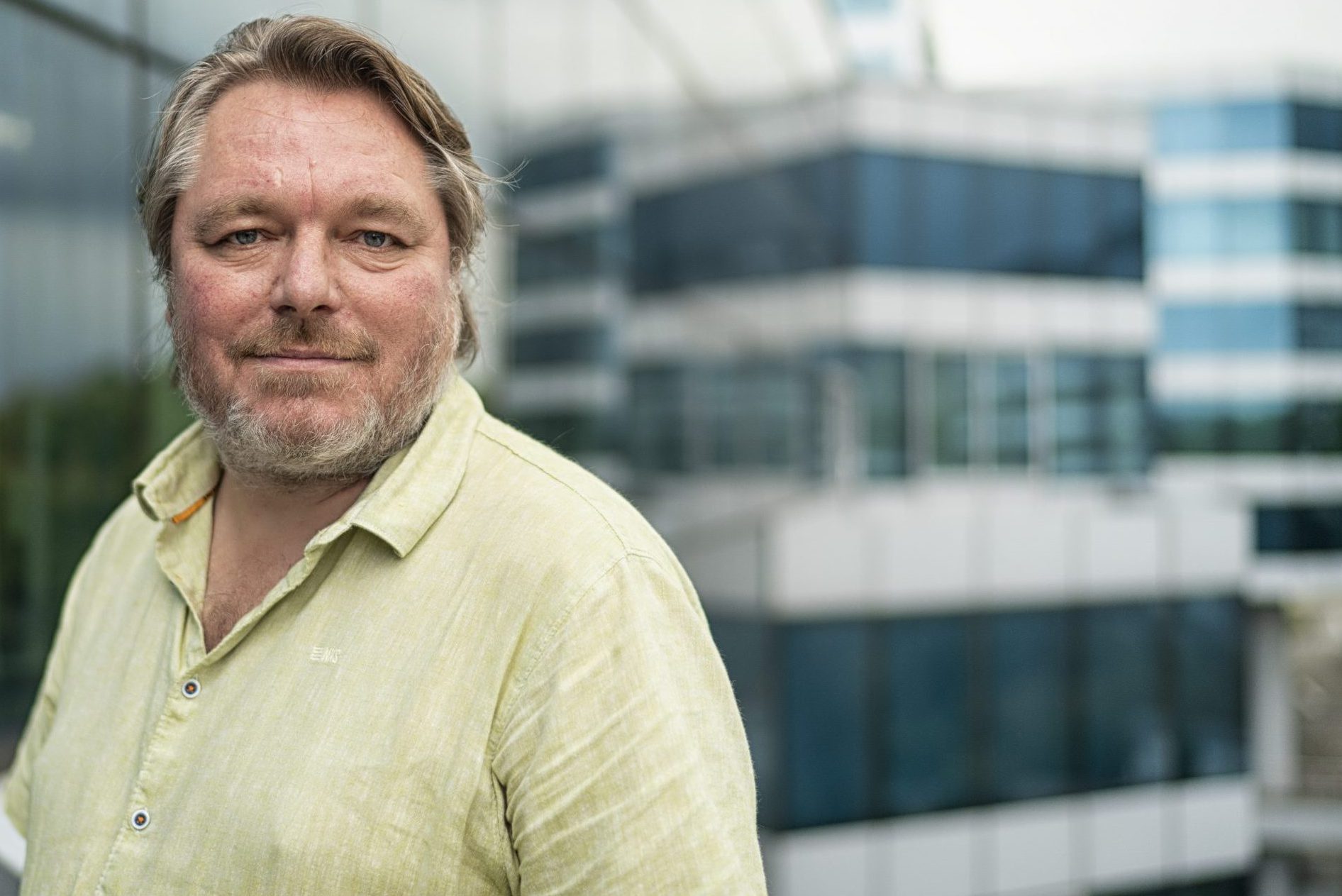The Hydroinformatics Institute’s incoming Chief Technology Officer Maarten Keijzer has spent his career applying Artificial Intelligence and Machine Learning to sectors that range from banking to telecommunications.
Asked why he’s chosen to switch to the water sector, his answer is quick: “Because it matters.”
“We are in the thick of climate change, and adaptation is necessary. Weather patterns are changing, and water quality is under threat. Doing something about that is a matter of life and death. With the data and technology available, it is an opportunity to make an impact,” says the 52-year-old Dutchman, who built his career in Denmark and the Netherlands, where, until recently, he led the development of Pegasystems Decision Analytics & AI products.
This is not Maarten’s first foray into water. Between 1998 and 2001, he worked at the Danish Hydraulic Institute with Professor Vladan Babovic, who founded H2i in 2014. Then, Vladan was the lead scientist for DHI’s Data to Knowledge programme, using Machine Learning to bridge gaps that persist when just traditional water modelling techniques are used, in areas ranging from flood prediction to sediment transport.
Through the years, he remained in touch with Vladan, and on top of the impact water technology scale-ups like H2i are having in the established field of water management.
“I love the application of technology to water because of the strong ties to physical reality.”
Maarten, a “tech geek” who started creating basic programmes at just 12 and knew his future lay in technology, began experimenting with early Machine Learning concepts while studying cognitive AI at the University of Utrecht.
“It was very new then, so we had a lot of freedom and a fair bit of fun. Even though a lot of Machine Learning application is only gaining popularity now, from a research perspective, it was already emerging in the 1990s, so I have been doing this for a long time,” he remembers.
But even as he worked across various domains over the years, the vast availability of data today – coupled with technology that quickly makes meaningful sense of it – presents numerous more possibilities, including in more traditional fields.
“That’s what is driving the Machine Learning revolution especially in areas like water, where there is a lot of data and established theories but limited ways of combining all that we had from satellite and radar images, CCTV cameras, gauges, and hydrodynamic models to create a fuller picture of how the world works.
“Machine Learning helps to tie all this together,” explains Maarten.
Now, his vision is to build H2i’s data science practice while turning the water technology scale up’s deep knowledge on water and AI and Machine Learning solutions into data-driven products that can be applied to a broader range of industries.
“Often, there are a lot of commonalities between the challenges various industries face. We can build products that serve more industries, allowing them to plan better in the face of threats like extreme weather events,” he says.
Maarten cites rainfall intensity and flood projections as examples, explaining: “These insights are important for national water agencies, but it can make things safer for other industries that would be impacted, like aviation and public transport.”
He also hopes to help further bridge the gap between cutting edge data science and deep learning, and traditional water modelling.
“The world of water is tough. There are a lot of well-performing traditional models that are centuries old. But they take more time, and can’t always solve for everything. There is often a trade-off between speed and accuracy.
“Combining their strengths with the possibilities that technology offers can help bridge the gaps. It can add a lot of value to traditional ways of working.”

0 Comments